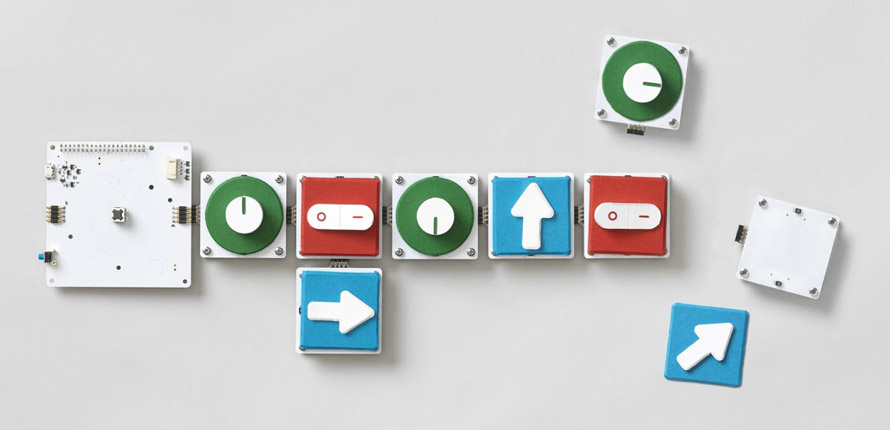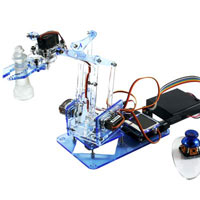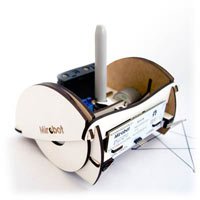Project Bloks

Block based programming languages have been extremely popular in helping children learn how to program. They built nicely on the foundations of the early languages like LOGO to provide an easily understandable and syntax-error free programming environment that gives you quick results. Scratch first made this approach popular and have gained great momentum in bringing programming into education. Google developed a similar tool called Blockly that was designed to be a tool to build your own programming environments and integrate it with your own tools, which is a fantastic approach.
Earlier this week, however, Google again raised the stakes by turning the block-based interface physical with Project Bloks. Physical learning is something that’s close to our hearts at Mirobot, but until now the programming was always screen-based whilst interacting with a physical device.

Project Bloks is a system that’s designed to be used to build physical programming tools in exactly the same way that Blockly is designed to be used to build other tools. It’s all about the platform, rather than the product. It’s an approach I’d love to see more because it leaves more room in the market for innovation and exploration. You can snap together different blocks that represent chunks of code and use the built-in physical interfaces to tweak the parameters. It makes for an incredibly fun learning experience and I believe it will be very effective in getting kids learning to code.
I’ve been fortunate enough to meet with the very talented team behind Project Bloks and have worked to support them integrating the Bloks hardware with Mirobot. Fortunately because of open protocols and data formats this was a pretty straightforward exercise and illustrates one of the drivers behind making Mirobot WiFi based - ease of connectivity. I’m very proud that Mirobot is one of three pieces of hardware that’s supported by Project Bloks out-of-the-box.
This announcement is (hopefully) just the beginning of the journey for the Project Bloks team. There’s a huge amount of thought and research that’s gone into the product so far and I can’t wait to see what’s next in the pipeline.
There’s been some great coverage over on The Guardian and Techcrunch which is worth checking out.

